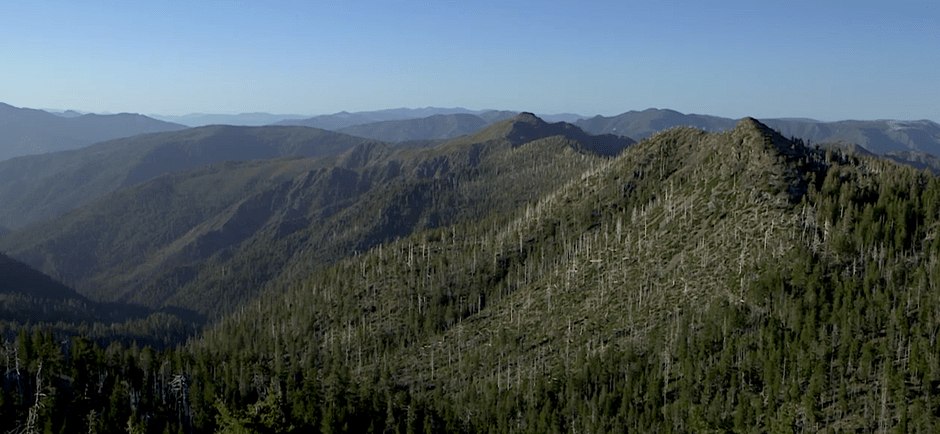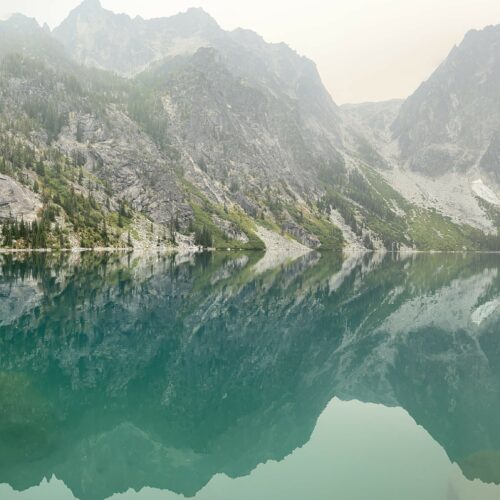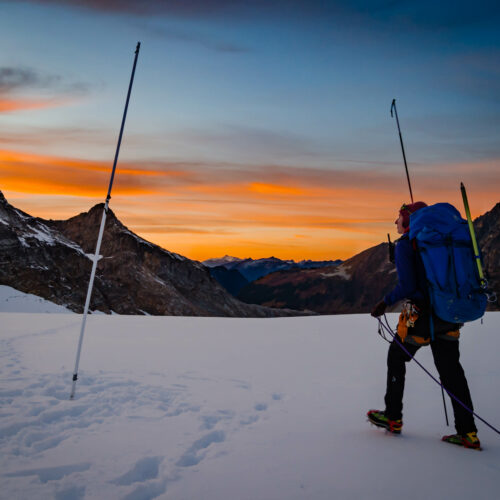
Rule Protecting The Northwest’s Old-Growth Trees Is Under The Federal Government’s Ax
READ ON
BY MONICA SAMAYOA / OPB
The Trump administration wants to relax environmental protections for old, large trees and increase logging in forests across Eastern Oregon and Washington.
This latest rollback proposal, issued Tuesday, comes from the Forest Service Pacific Northwest Region. It would end a 25-year-old provision that prevents logging of trees that exceed 21 inches in diameter in six national forests across Eastern Oregon and Washington. It is known as the “Eastside Screens” policy and it’s been blamed for the closure of many lumber mills east of the Cascades in both states. The proposed revision will make the rule into a guideline rather than a mandate that land managers and logging crews are required to follow.
ALSO SEE: Forest Service Considers Rule Change For Eastern Washington & Oregon Trees
The Eastside Screens rule was established as an interim measure to protect streamsides and provide cooling shade for rivers and creeks. It also was meant to encourage a healthy mix of young and old trees and to maintain wildlife habitat. More comprehensive protections were expected to follow, but that never happened, leaving the Eastside Screens protection in place for 25 years so far.
“Forest conditions have changed, new science has developed, and our land management priorities have shifted to emphasize forest restoration and landscape resilience to wildfire,” said Shane Jeffries, deciding official for this project and Ochoco National Forest supervisor. “Adjusting the 21-inch limitation to reflect learning over the past 25 years would help streamline restoration of forests in Eastern Oregon and make it easier to create landscapes that withstand and recover more quickly from wildfire, drought and other disturbances.”
According to the Forest Service, the goal of the proposed amendment is in line with the purpose and need for the original screens, which the agency said is the need to maintain the abundance and distribution of old forest structure.
But many oppose the proposed revisions to the rule. In July, 27 environmental and conservation groups wrote a letter to the U.S. Forest Service calling on the agency to suspend the process. The letter stated the rule has provided a safety net for old growth forests, large trees and structures, and wildlife in Eastern Oregon and Washington. It also allowed conservationists, tribes, elected officials and the timber industry to find common ground and a clear understanding on what is and is not allowed in public lands.
Oregon Wild’s Rob Klavins said changing the 25-year-old rule will make protecting old growth forests, fish and wildlife optional, rather than an enforceable protection. He said this rule was meant to be just a part of a package of more comprehensive protections that the agency never developed and now, the rule stands as the most meaningful protections for Eastern Oregon’s remaining old growth and big trees.
“I fear this is undoing decades of good work and it’s going to put us back in a place of unnecessary conflict and controversy, where we are again fighting to protect the most basic things: old growth trees and some of the most important values in our lands,” Klavins said.
He also said the Trump administration is rushing these rules and limiting public input during a pandemic and an election year.
“It’s 180 degrees in the wrong direction,” Klavins said.
He said Oregon Wild will be asking for more time to provide meaningful comments and ask elected leaders to stand up against these changes and against the Trump administration.
Susan Jane Brown, who is the wildlands program director and staff attorney for the Western Environmental Law Center, was less critical. She said that while she appreciates the need to balance environmental protections with sustainable levels of logging, revising a rule that was meant to be temporary isn’t the right approach.
“It [the rule] was supposed to be interim. It was supposed to be with us for 18 months and the Forest Service for decades told us ‘don’t worry we are getting to it’ and we have yet to see that,” Brown said.
Brown said she can appreciate that any proposal on natural resource policy by the Trump administration will be concerning to conservation advocates.
“But I do hope that folks will get past the rhetoric and actually read what the Forest Service has proposed and then decide whether or not it comports with the best available science.”
American Forest Resource Council’s federal timber program director, Andy Geissler, said the changes have been long overdue and that they are the only appropriate way to manage the forests.
He said the one-size-fits-all rule is flawed and having something that is adaptable to each unique forest is the only way the forest service can properly manage and get the desired end results.
“I try to remind people that what’s not changing is the Forest Service’s objective of managing for late old structure and old growth,” he said. “That’s still staying the same, the only thing they’re changing is how to get there.”
Copyright 2020 Oregon Public Broadcasting. To see more, visit opb.org
Related Stories:

US Forest Service employees return to work after mass terminations
Katijo Maher, president of a local chapter National Federation of Federal Employees, stands next to a fire danger sign Tuesday in Leavenworth. Maher said she has 37 years of experience

Trash piling up, wildfires too big to fight: What wild lands might look like without workers
Mountain peaks are reflected in the waters of Lake Colchuk, located in the Alpine Lakes Wilderness Area. Smoke from a nearby wildfire hangs in the air. (Credit: Theresa Rivers) Listen

Spring snowpack levels in North Idaho lowest in 40 years
Erin Whorton, a hydrologist for the Natural Resources Conservation Service, measures snow on South Cascade Glacier in Washington. (Credit: Erin Whorton / NRCS) Listen (Runtime :58) Read The snowpack in















